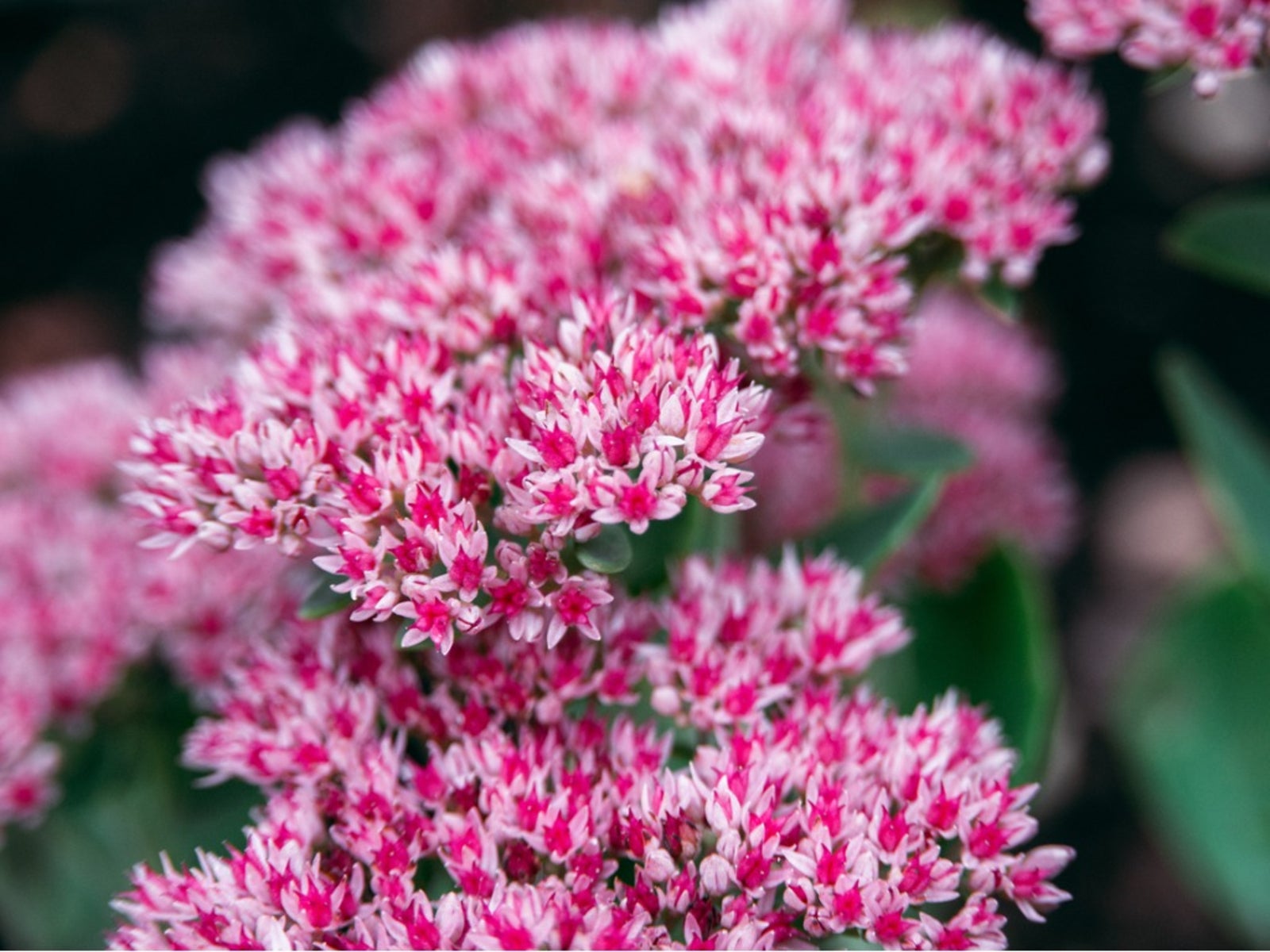Learn About Vera Jameson Plants: How To Grow A Vera Jameson Plant


Also known commonly as a member of the stonecrop group of plants, Sedum telephium is a succulent perennial that comes in several varieties and cultivars. One of these, the Vera Jameson stonecrop, is a striking plant with burgundy stems and dusty pink autumn flowers. This plant adds a unique color to beds and is easy to grow.
About Vera Jameson Plants
Sedum plants are succulents and belong to the same genus as jade plants and other popular succulents. They are easy-to-grow perennials that add an interesting texture and unique floral pattern to garden beds. Sedum plants grow in clumps to about 9 to 12 inches (23 to 30 cm.) tall and produce fleshy leaves. The flowers are small but grow in large clusters that are flattened across the top. Of all the varieties of sedum, Vera Jameson has perhaps the most striking and unusual coloring. The form of the plant is similar to other sedums, but the stems and leaves start out bluish-green, and turn a rich, deep reddish-purple. The flowers are dusky pink. The name of this interesting sedum comes from the woman who first discovered it in her garden in Gloucestershire, England in the 1970s. The seedling was cultivated in a nearby nursery and named for Ms. Jameson. It probably came about as a cross between two other sedum varieties, ‘Ruby Glow’ and ‘Atropurpureum.’
How to Grow a Vera Jameson Sedum
If you have already grown sedum in your beds or borders, growing Vera Jameson sedum will be no different. It’s a great addition for its color but also its elegant shape. Vera Jameson is drought tolerant and should not be overwatered, so be sure the soil drains well where you plant it. It needs full sun, but it may tolerate a little bit of shade. This sedum will grow well in any sunny spot, and will take to a container as well as a bed. It takes extremes of heat and cold in stride and, once established, will not need to be watered. Pests and diseases are not typical with these plants. In fact, your sedum will not be destroyed by deer, and it will attract butterflies and bees to your garden.
Gardening tips, videos, info and more delivered right to your inbox!
Sign up for the Gardening Know How newsletter today and receive a free copy of our e-book "How to Grow Delicious Tomatoes".

Mary Ellen Ellis has been gardening for over 20 years. With degrees in Chemistry and Biology, Mary Ellen's specialties are flowers, native plants, and herbs.
-
 Looking For Plants To Give You The Soft And Fuzzies? Try These 5 Fuzzy Leaf Plant Options
Looking For Plants To Give You The Soft And Fuzzies? Try These 5 Fuzzy Leaf Plant OptionsLovers of texture, drama, silver foliage and tactile plants will adore these special sensory garden additions. These fuzzy leaf plant options will leave you all aglow
By Susan Albert
-
 Get Ready For A Summer Of Hummers! Grow These Full Sun Hummingbird Plants and Flowers
Get Ready For A Summer Of Hummers! Grow These Full Sun Hummingbird Plants and FlowersIf you’re lucky enough to enjoy a sunny backyard, make sure you are maxing out on your pollinator opportunities and grow these full sun hummingbird plants and flowers
By Tonya Barnett